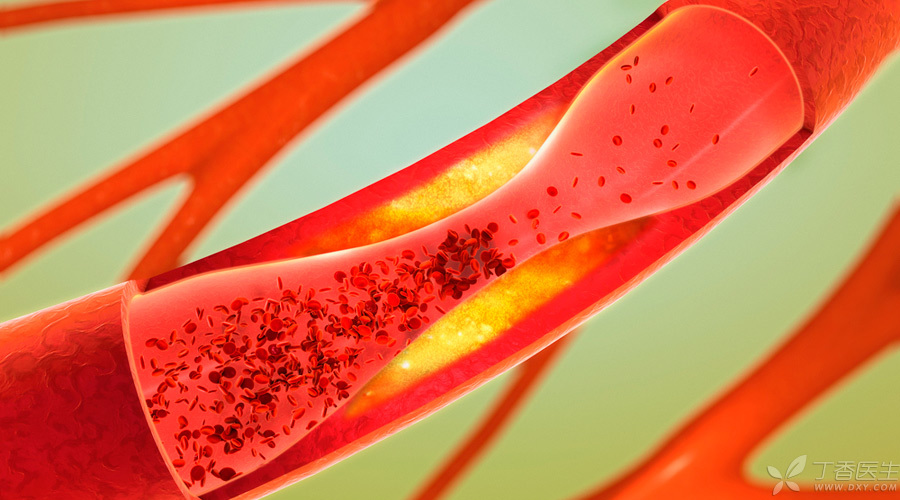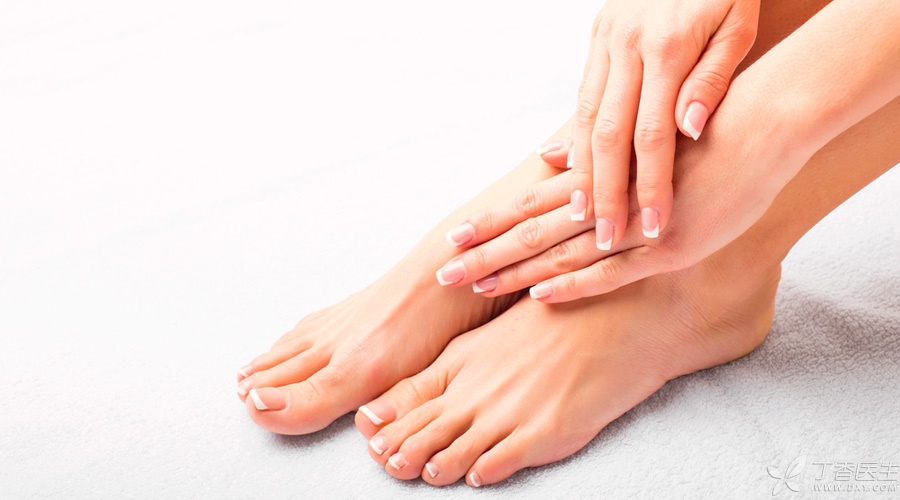[Arteriosclerosis] It seems that more and more people are suffering from arteriosclerosis, and some online methods to detect arteriosclerosis at home are also spreading widely.
Among them, there are two methods that have been widely spread:
First, after clenching your fist for 30 seconds and then loosening it, look at the time when your palm recovers blood color.
The second is to feel the strength of the pulsation of the dorsalis pedis artery.
A friend asked, is this self-checking method accurate?
Let’s start with [arteriosclerosis]

The arterial condition to be detected by the above method is clinically called [atherosclerosis].
The specific pathophysiological process of atherosclerosis is relatively complicated. Simply put, for example, [scale] grows on the blood vessel wall, the blood vessel lumen narrows and the blood vessel hardens. Over time, the blood vessel may even block and lose elasticity.
Atherosclerosis is a systemic disease, which can lead to a series of serious problems such as stroke, angina pectoris, myocardial infarction, renal artery stenosis, lower limb artery occlusion, and even aortic dissection.
Therefore, it is very necessary to pay attention to atherosclerosis. Once you find that you have suspicious symptoms of atherosclerotic diseases, you should see a doctor as soon as possible and standardize treatment.
Is self-test arteriosclerosis feasible?
1. Look at the blood return time after clenching your fist.

It doesn’t mean much.
The method of network transmission is:
When you hold your fist hard for 30 seconds, the skin of your palm turns relatively white because the blood vessels are squeezed. After loosening the fist, if it takes more than 20 seconds for the skin color to recover, it indicates that the artery has hardened.
In fact, skin blood supply mainly comes from capillaries. It is not very accurate to judge whether arterial blood vessels are hardened or not only by the time when normal color is restored.
Correspondingly, if the artery supplying blood to the palm, such as the radial artery and ulnar artery, really has serious stenosis, I’m afraid I don’t need to clench my fist, and the palm won’t maintain its normal color, and there will also be chills and numbness in the hand. If there is such a situation, I will certainly notice the abnormality and go to the hospital for help.
2. Touch the dorsal artery of the foot

The change of pulsation strength has certain reference value.
The pulsation intensity of the dorsal foot artery varies from person to person. Some people’s pulsation is very strong and even feels like some [thugs], while others feel like they have nothing.
This difference in strength is mainly related to natural anatomical differences or foot fat and thin, and cannot be used to judge arteriosclerosis.
However, if a person’s dorsal foot artery pulsation changes, it may indicate that there is a problem with the artery.
Generally speaking, the pulsation of the dorsal artery of the foot is symmetrical, what kind of left foot, what kind of right foot. In addition to some dorsal artery pulsation asymmetry caused by trauma, rheumatic immune diseases, the most common reason for dorsal artery pulsation asymmetry is lower limb arteriosclerosis. Sclerosis, stenosis of the side, dorsal artery of the foot will correspondingly weaken.
With the aggravation of stenosis, patients will suffer from a cycle of [heavy legs and leg pain after walking for a while, and they need to rest for a while before they can continue walking]. This phenomenon is medically called intermittent claudication.
If this happens, go to the hospital and ask the doctor to see how to deal with it.
If the bilateral dorsalis pedis arteries are getting weaker and weaker, it is also necessary to guard against atherosclerosis, stenosis and other conditions caused by relatively higher blood vessels such as the common iliac artery.
In addition to what has been said above, Here also need to take special care of diabetic patients. If you find that the dorsal artery of the foot becomes weak and disappears, or the color of both hands is abnormal, chills and pins and needles, you should pay special attention to the arterioles occlusion caused by diabetes. If this happens, you must go to the hospital for diagnosis and treatment, otherwise it may develop into gangrene of hands or feet, and even amputation is required in serious cases!
How to slow down the development of arteriosclerosis?

With the growth of age, blood vessels will inevitably develop sclerosis and stenosis. However, we can delay the development of atherosclerosis by paying attention to all aspects of daily life.
Reasonable diet, proper physical labor and physical exercise, non-smoking and non-drinking, and active treatment of some diseases related to this disease, such as hypertension, obesity, hyperlipidemia, gout, diabetes, etc., are all things that should be done to protect cardiovascular system.
Finally, I would like to emphasize one point: including the two self-test methods mentioned by Dr. Clove, they can play a certain role in prompting at most. If you really find discomfort, abnormality, etc., you must seek medical treatment as soon as possible.
Healthy living habits, regular physical examination and timely consultation with reliable doctors are more meaningful and important than finding problems through self-examination.
